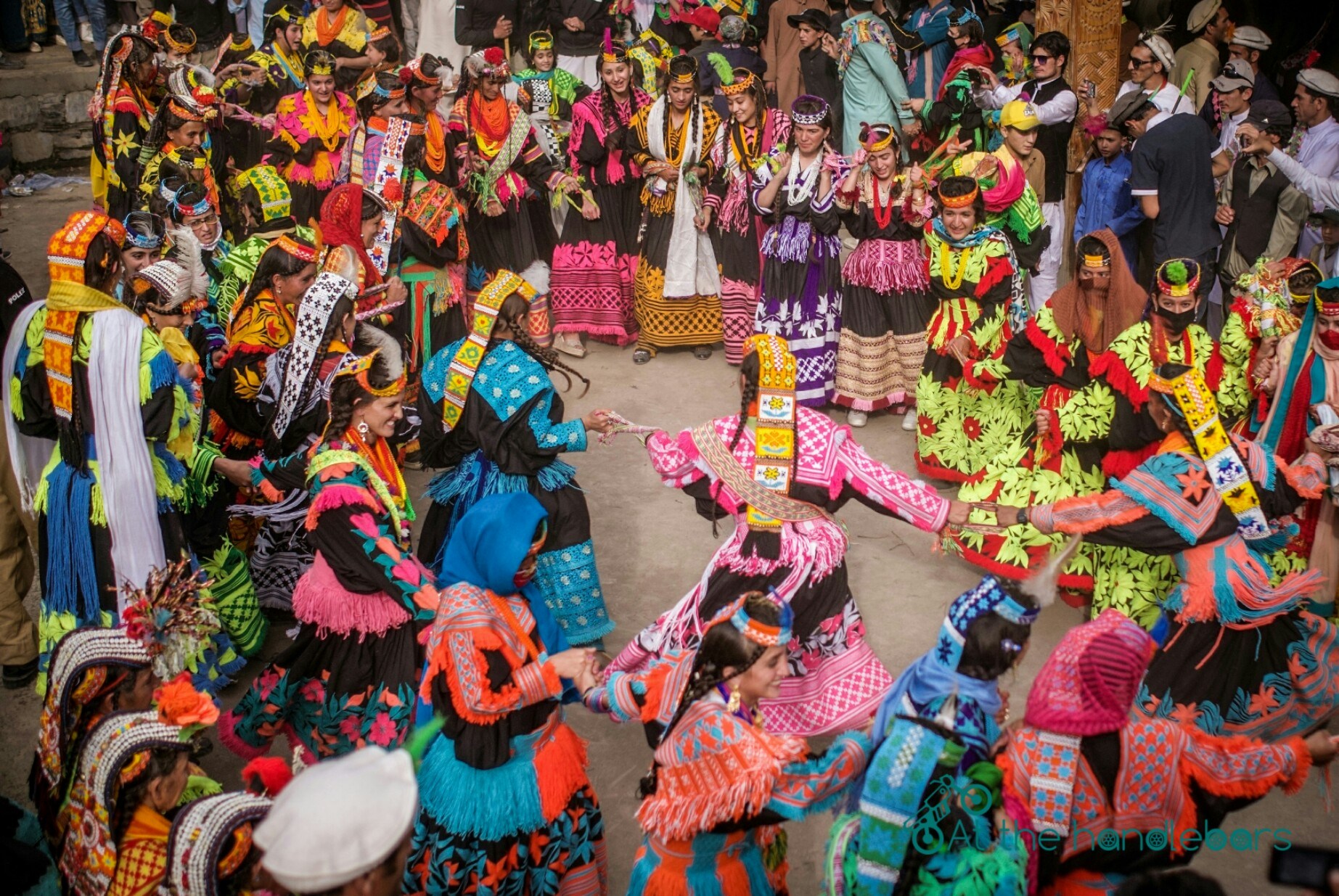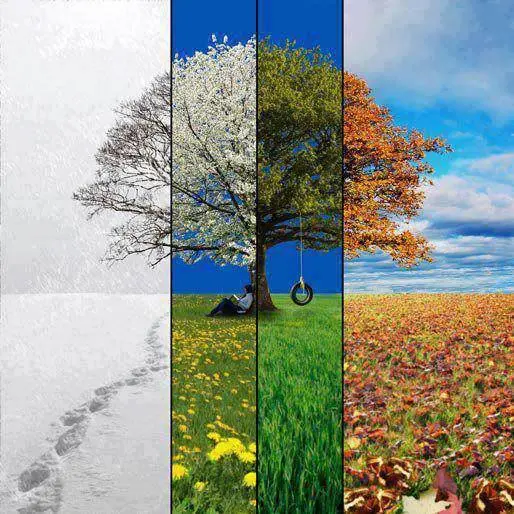In the landscape of contemporary media, storytelling has evolved beyond simple narratives to encompass complex layers of symbolism and archetypal characters. These elements serve to deepen engagement, evoke subconscious responses, and enrich the interpretative experience for audiences. Understanding mystery symbols and archetypes is essential for comprehending how modern stories generate emotional resonance and narrative complexity.
Table of Contents
2. Theoretical Foundations
3. Modern Storytelling: Visual and Interactive Dimensions
4. Mystery Symbols in Practice
5. Archetypes as Narrative Anchors
6. Intersection of Symbols and Archetypes
7. Visual Language of Symbols
8. Cultural and Psychological Depths
9. Educational Implications
10. Future of Mystery Symbols and Archetypes
1. Introduction to Mystery Symbols and Archetypes in Modern Storytelling
a. Defining mystery symbols and their role in narrative complexity
Mystery symbols are visual or conceptual cues embedded within stories that evoke curiosity and invite interpretation. They often function as narrative shortcuts, conveying complex ideas or hidden truths through simple yet evocative imagery. For example, a glowing key might symbolize access to secret knowledge, while an ancient rune could hint at forgotten powers. These symbols serve to enrich storytelling by layering meaning and engaging the audience’s subconscious.
b. Overview of archetypes as foundational storytelling elements
Archetypes are universal character types or story patterns that recur across cultures and eras. Carl Jung identified these as inherited symbols and motifs that resonate deeply with human psychology. Examples include the Hero, the Trickster, the Mentor, and the Shadow. In modern narratives, archetypes act as familiar anchors, enabling audiences to quickly grasp character motivations and plot functions, thereby facilitating deeper engagement.
c. The significance of these concepts in contemporary media and entertainment
Today’s media extensively employs mystery symbols and archetypes to craft compelling stories. Films, video games, and comics leverage visual cues and character archetypes to evoke emotional responses and guide audience interpretation. For instance, in interactive media like «le zeus», symbols and archetypes are integrated into gameplay, enhancing immersion and meaning. This approach aligns with research indicating that symbolic storytelling activates subconscious pathways, making narratives more memorable and impactful.
2. Theoretical Foundations of Symbols and Archetypes
a. Historical evolution of symbols and archetypes in myth and literature
Symbols and archetypes have their roots in ancient mythologies and literary traditions. Ancient Egyptians, Greeks, and Romans used symbols like the ouroboros or the lightning bolt to represent eternity and divine power. Archetypes such as the Hero’s journey, articulated by Joseph Campbell, originate from mythic patterns observed across cultures. These enduring motifs have been adapted into modern storytelling, maintaining their psychological and cultural relevance.
b. Psychological underpinnings: Carl Jung’s theories and their influence
Carl Jung proposed that archetypes are part of the collective unconscious—shared symbols embedded within human psyche. He believed that these archetypes influence perceptions, behaviors, and storytelling. Modern media often taps into Jungian archetypes to evoke universal themes—such as the Hero’s quest or the Shadow’s darkness—making stories resonate on a subconscious level. This psychological foundation explains why archetypal characters remain compelling across diverse contexts.
c. How symbols function as narrative shortcuts and meaning carriers
Symbols serve as condensed representations of complex ideas, allowing storytellers to communicate layered meanings efficiently. For example, a broken mirror might symbolize fractured identity or hidden truths. By using recognizable symbols, creators can evoke rich associations quickly, guiding audience understanding and emotional response without lengthy exposition. This efficiency is especially valuable in fast-paced media like video games or comics, where visual cues convey narrative depth at a glance.
3. Modern Storytelling: Visual and Interactive Dimensions
a. How visual design enhances the understanding of symbols (e.g., cartoonish, comic-book style)
Visual aesthetics significantly influence how symbols are perceived. Styles like cartoonish or comic-book art employ soft lines and rounded shapes, which tend to make symbols more approachable and memorable. This stylistic choice reduces perceived threat and encourages engagement, making complex symbols accessible to a broad audience—especially in educational or entertainment contexts. For example, simplified icons in «le zeus» use bright colors and bold outlines to make mystery symbols instantly recognizable and interpretable.
b. The role of interactivity in revealing archetypes and mystery symbols (e.g., “Mystery Reveal” in Le Zeus)
Interactivity transforms passive viewing into active engagement. In digital games, players uncover mystery symbols or archetypes through puzzles, choices, and exploration. The concept of “Mystery Reveal”—where symbols are gradually unveiled—encourages curiosity and investment. For instance, in «le zeus», players might discover an ancient emblem that hints at an archetype, such as the Trickster, which then influences gameplay and narrative interpretation. This dynamic fosters deeper cognitive and emotional connection with the story.
c. Case studies of popular media employing mystery symbols and archetypes
| Media | Symbols & Archetypes | Description |
|---|---|---|
| The Legend of Zelda | Triforce (symbol), Hero archetype | Uses the Triforce as a mystery symbol of power, with the Hero archetype guiding the narrative of heroism and adventure. |
| Dark Souls | Dark sigils, the Undead archetype | Employs mysterious symbols and archetypal figures to evoke themes of death, rebirth, and resilience. |
| Stranger Things | The Demogorgon symbol, the Outsider archetype | Integrates visual symbols and archetypes to evoke mystery and the uncanny, engaging viewers in unraveling the plot. |
4. Mystery Symbols in Practice: Examples from Contemporary Media
a. Common mystery symbols and their interpretative layers
Symbols like keys, masks, glowing icons, and ancient artifacts recur frequently in modern stories. Each carries multiple interpretive layers: a key may symbolize unlocking secrets, access to hidden knowledge, or transformation; a mask might represent concealment, duality, or hidden identities. These symbols activate subconscious associations, allowing audiences to infer deeper meanings without explicit explanation.
b. The use of transforming symbols to deepen engagement (e.g., puzzle pieces, glowing icons)
Transforming symbols dynamically change as the story progresses, reflecting character development or plot twists. Puzzle pieces fitting together symbolize solving mysteries or assembling identity, while glowing icons may signify awakening or revelation. Such symbols keep the audience engaged through visual cues that align with narrative progression, encouraging viewers to actively interpret and anticipate story developments.
c. Illustration with «le zeus»: how mystery symbols and transformation are employed in the game
In «le zeus», mystery symbols such as ancient tablets and glowing glyphs are central to gameplay. These symbols often transform—changing shape, color, or revealing hidden layers—reflecting the player’s progress and unlocking new narrative branches. This dynamic use of symbols exemplifies how modern interactive media leverage visual transformation to deepen engagement and reinforce storytelling themes rooted in archetypes like the Trickster or the Sage.
5. Archetypes as Narrative Anchors in Modern Storytelling
a. The most prevalent archetypes and their narrative functions
Popular archetypes include the Hero, the Mentor, the Shadow, and the Trickster. Each serves specific narrative functions: the Hero drives the plot through quests and challenges; the Mentor provides wisdom; the Shadow embodies internal or external antagonism; the Trickster introduces chaos and subversion. These archetypes facilitate audience understanding by providing familiar frameworks that support complex storytelling.
b. Subversion and reimagining of archetypes in modern contexts
Modern creators often subvert traditional archetypes to surprise audiences and reflect contemporary themes. For example, a protagonist may embody the Trickster archetype but challenge moral expectations, or a Mentor may be morally ambiguous. This reimagining adds nuance and complexity, making stories more relevant and engaging.
c. Example: «le zeus»’s character as “Olympus’ trickiest impostor” and its archetypal implications
In «le zeus», a key character is portrayed as “Olympus’ trickiest impostor,” blending archetypes of the Trickster and the Impostor. This character challenges the typical hero narrative, embodying deception, wit, and unpredictability. Such reimagining demonstrates how modern storytelling redefines archetypes to create fresh, compelling characters that resonate with contemporary audiences.
6. The Intersection of Mystery Symbols and Archetypes: Crafting Complex Characters and Plots
a. How archetypes serve as templates for mystery symbols
Archetypes provide foundational character templates that inform the design of mystery symbols. For example, a symbol associated with the Hero archetype—such as a sword or shield—can be used to signify strength and courage, while a Trickster archetype might be represented by masks or illusionary motifs. These symbolic correspondences reinforce character traits and thematic elements, creating a cohesive narrative language.
b. The role of symbolism in character development and plot twists
Symbols often foreshadow or reveal hidden aspects of characters, contributing to development and plot twists. A character’s transformation might be signaled by a change in their personal symbols—such as a broken amulet indicating loss or change. In «le zeus», visual cues like shifting glyphs symbolize character evolution, illustrating how symbolism enhances storytelling depth.
c. Case analysis: How «le zeus» integrates these elements through visual and narrative design
«le zeus» masterfully combines archetypal characters with mystery symbols—such as glowing artifacts and shifting glyphs—to craft a layered narrative. The visual design employs soft, rounded shapes that make symbols inviting, while narrative choices reveal archetypal traits gradually. This integration exemplifies how modern interactive storytelling employs visual and symbolic language to deepen engagement and thematic resonance.
























